We examine the performance of AMD’s new Ryzen 7 9800X3D in content creation applications.
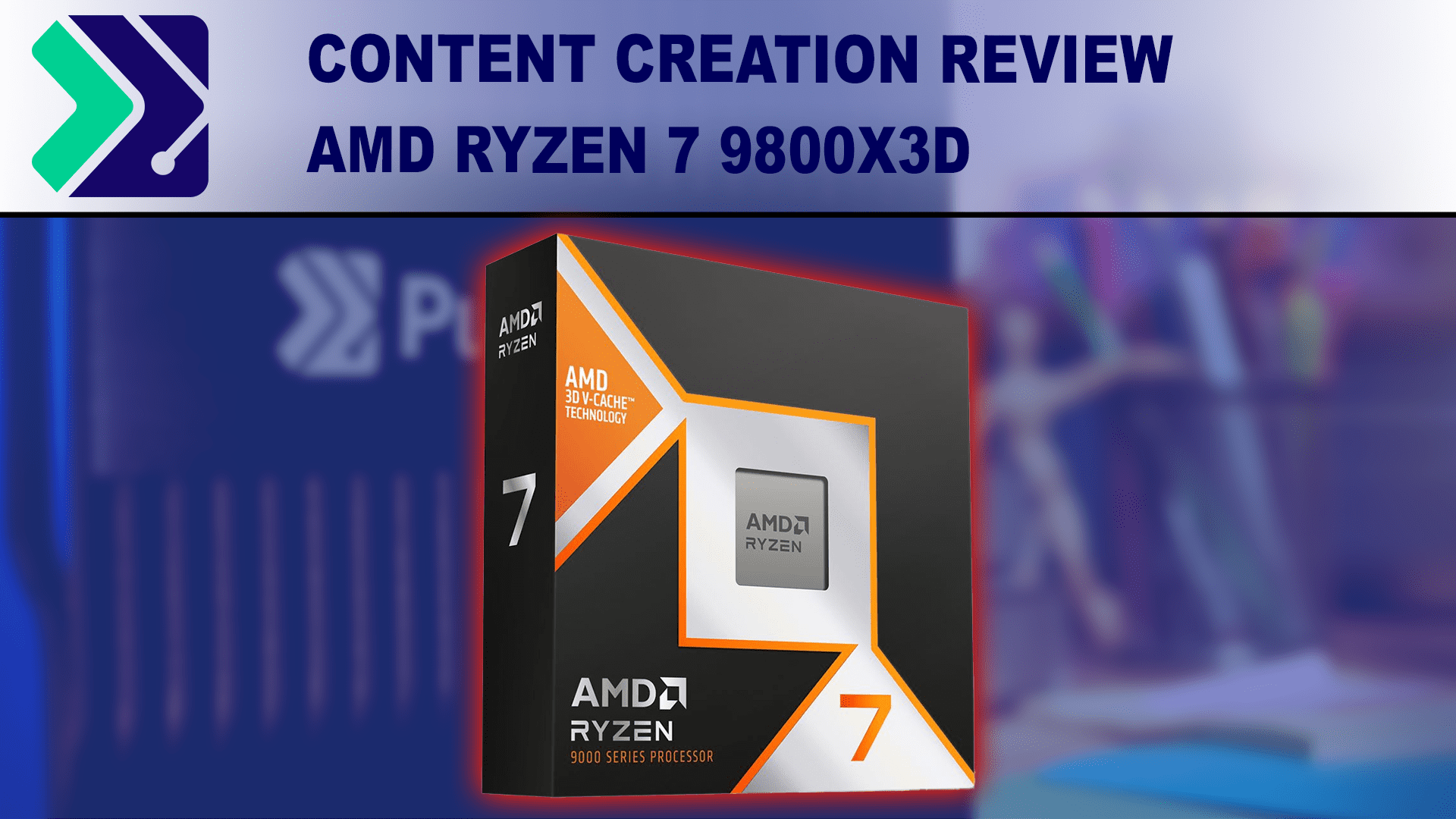

We examine the performance of AMD’s new Ryzen 7 9800X3D in content creation applications.
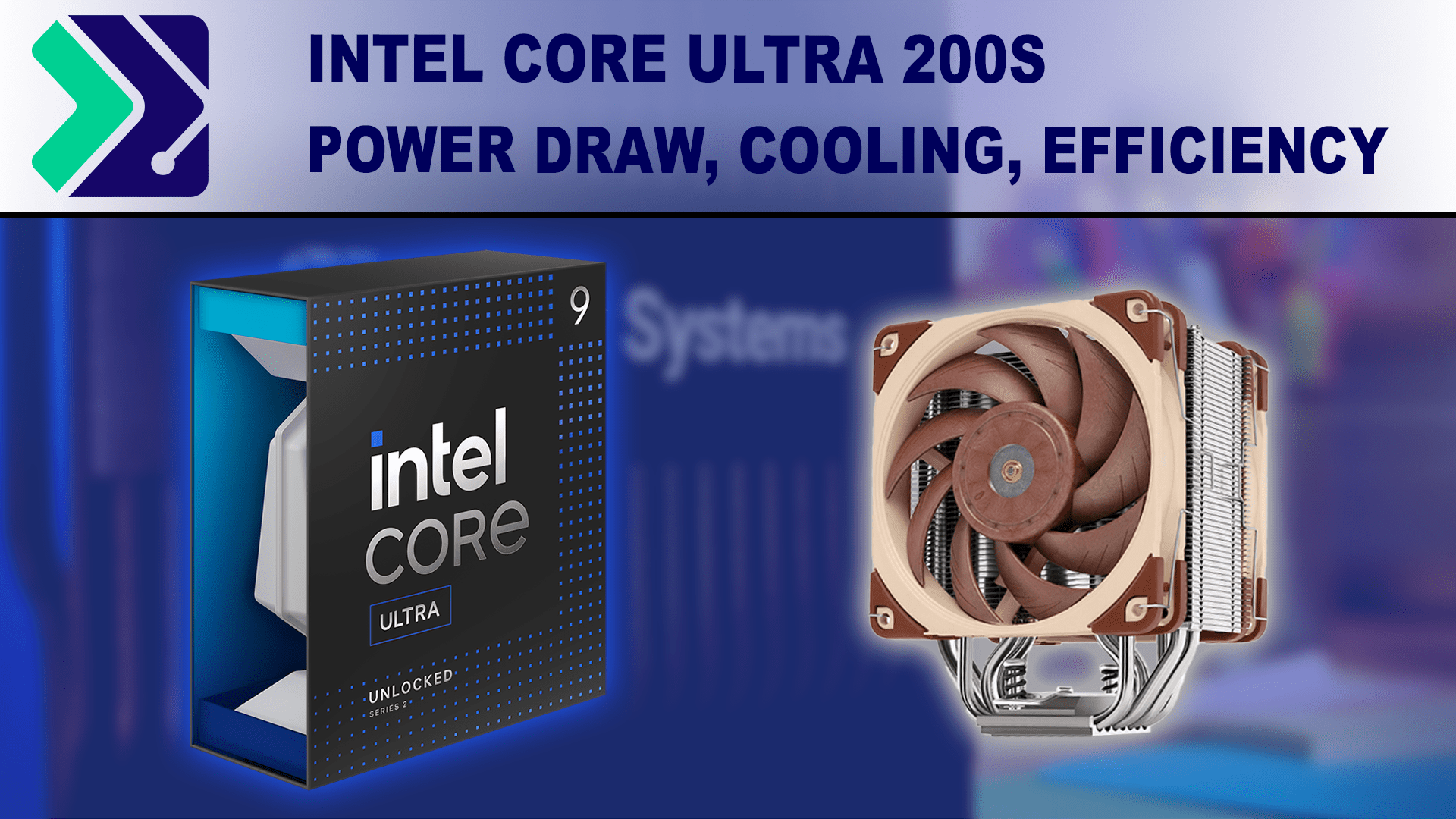
In this article, we examine the power draw and efficiency of the new Intel Core Ultra 200S series processors.
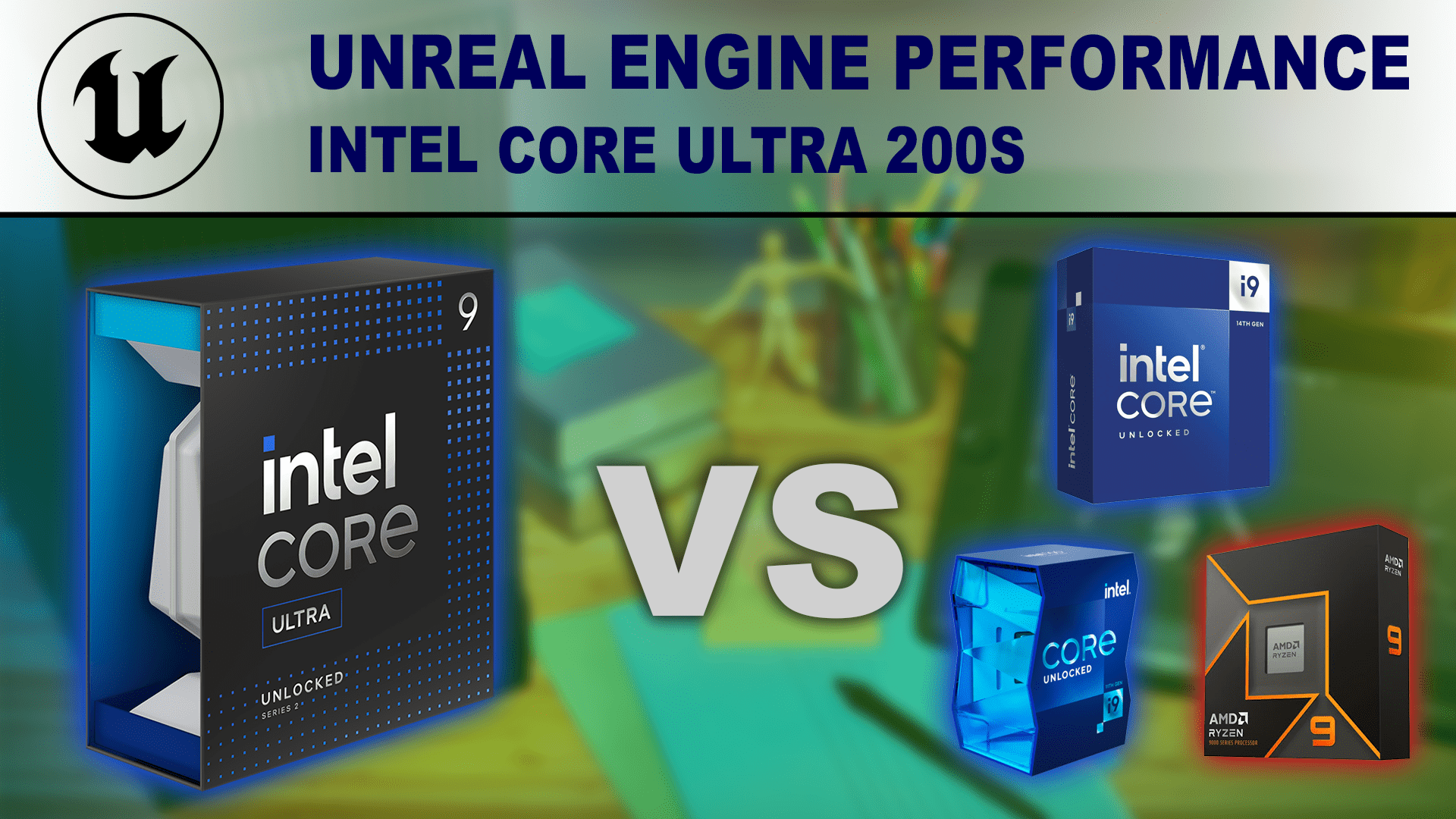
Intel’s new Core Ultra 200S processors are here, but are they good for Unreal Engine workflows and worth the upgrade?
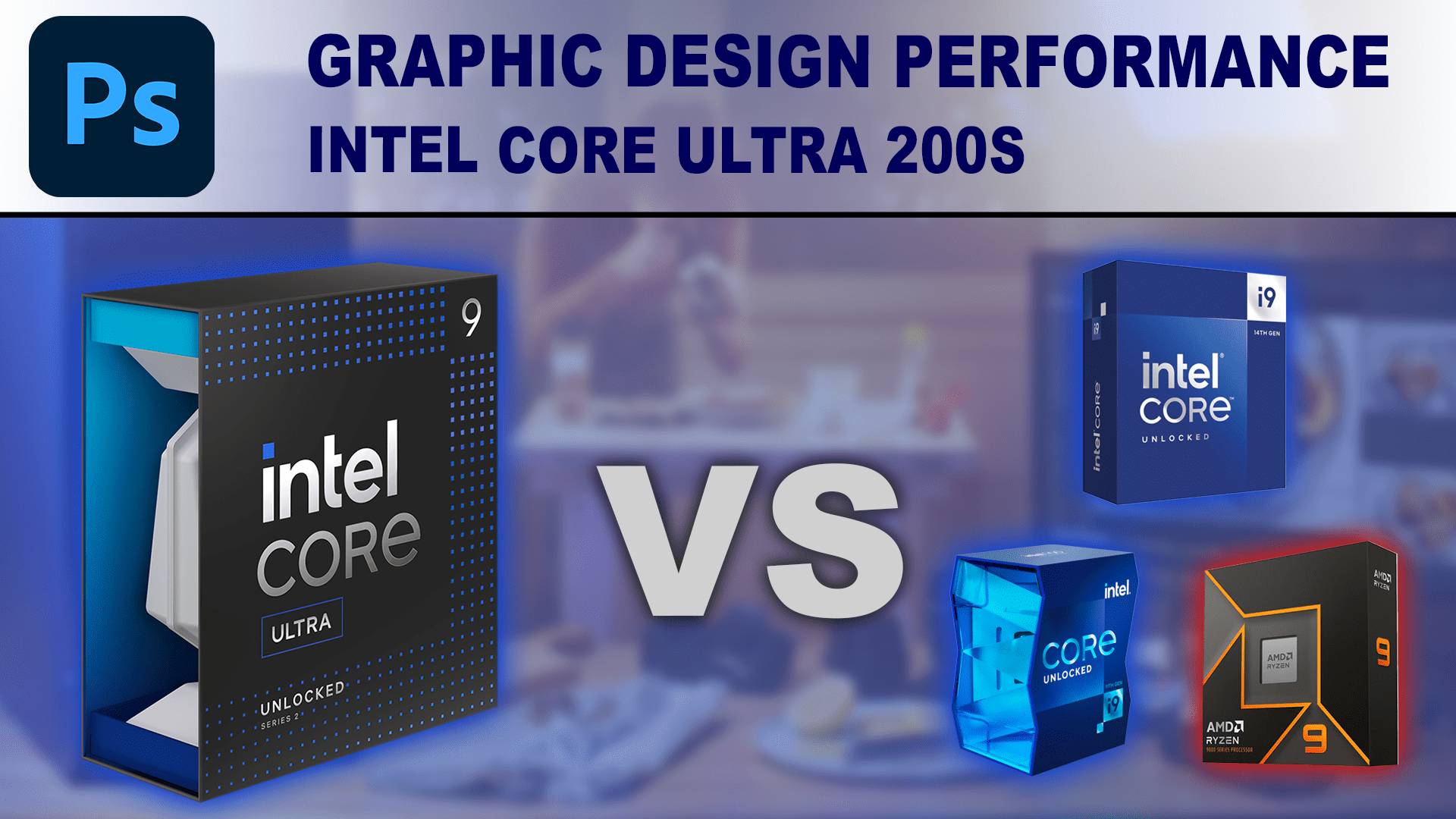
Intel’s new Core Ultra 200S processors have been launched, but are they good for graphic design workflows and worth the upgrade?

Intel’s new Core Ultra 200S processors are here, but are they good for 3D artist’s workflows and worth the upgrade?

Intel’s new Core Ultra 200S processors have been launched, but are they good for video editing workflows and worth the upgrade?
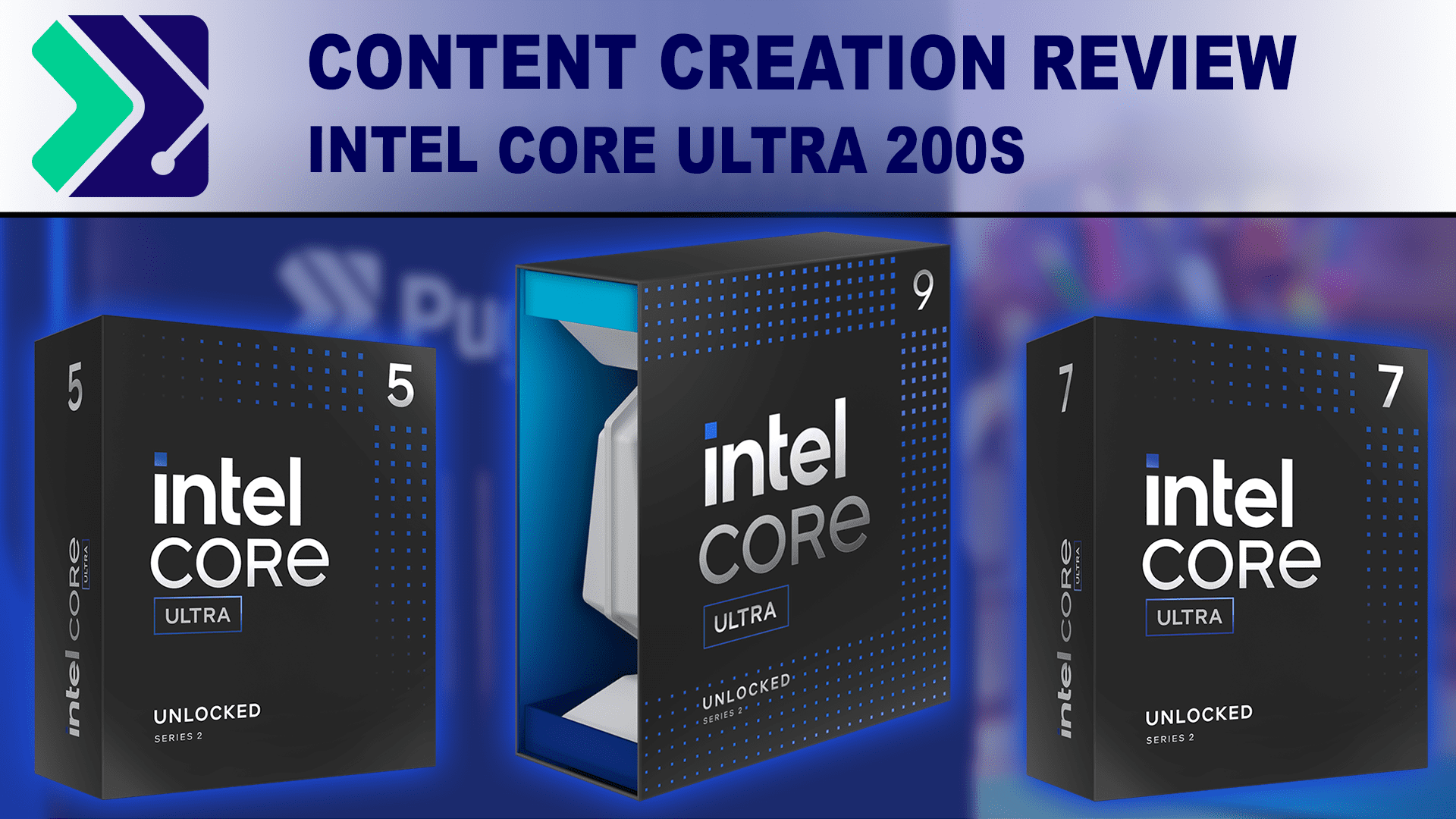
We examine the performance of Intel’s new Core Ultra 200S series desktop processors in content creation applications.

We examine the performance penalty of the Vmin Shift Instability fix (microcode 0x12B) in Content Creation applications.
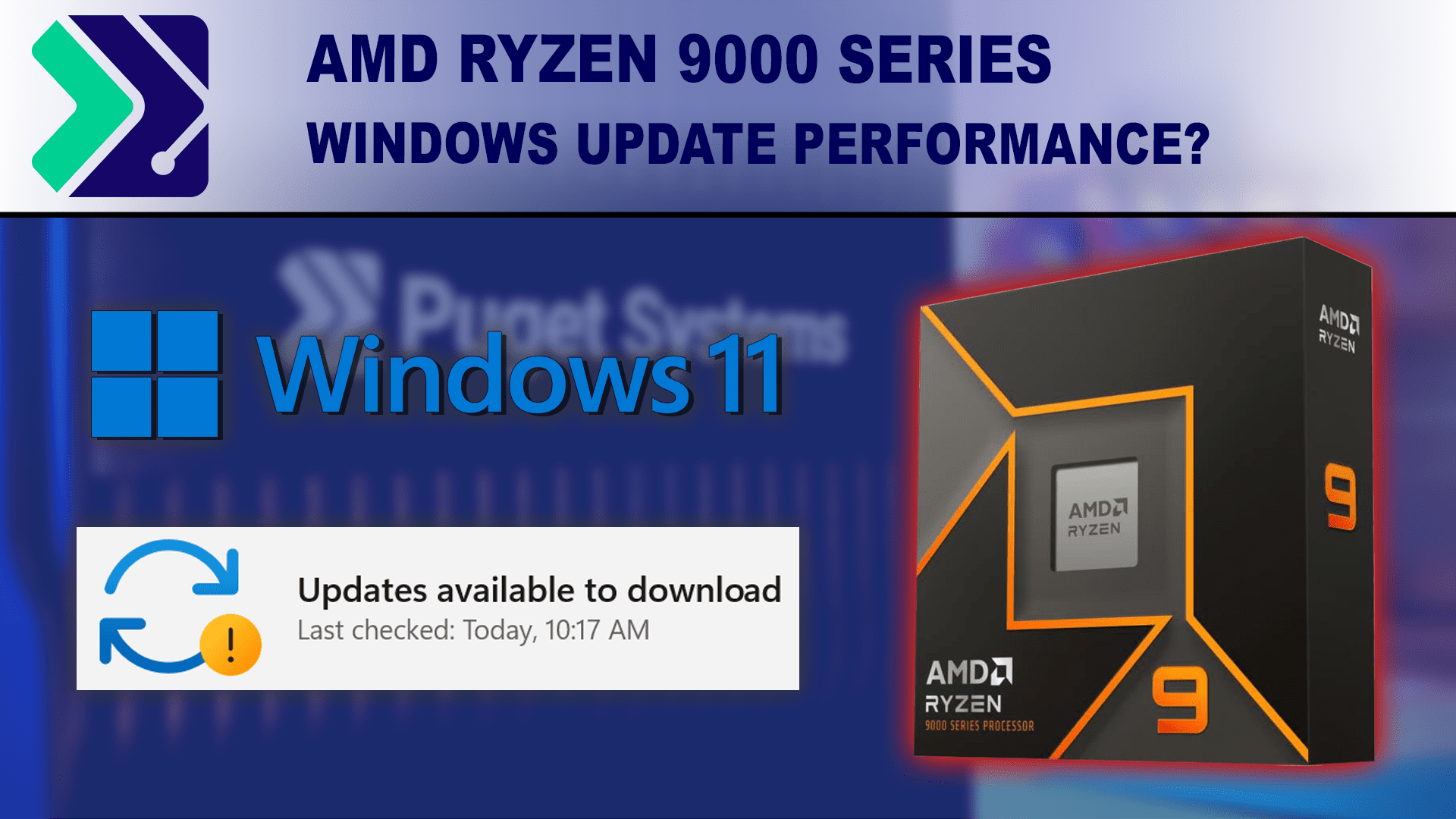
In this article, we examine the performance impact of AMD’s Windows branch prediction update on content creation.
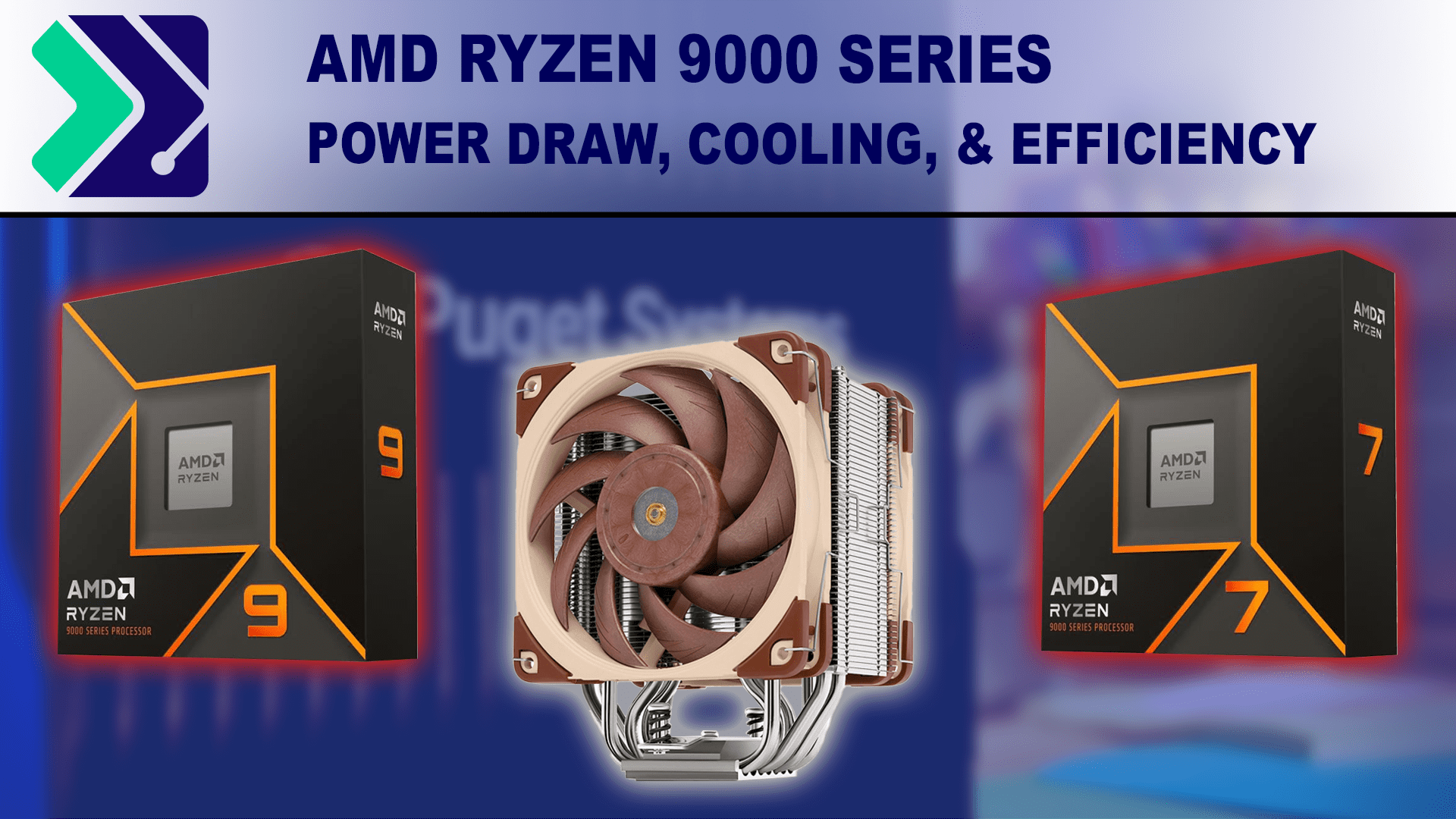
In this article, we examine the power draw and efficiency of the new AMD Ryzen 9950X and 9700X.